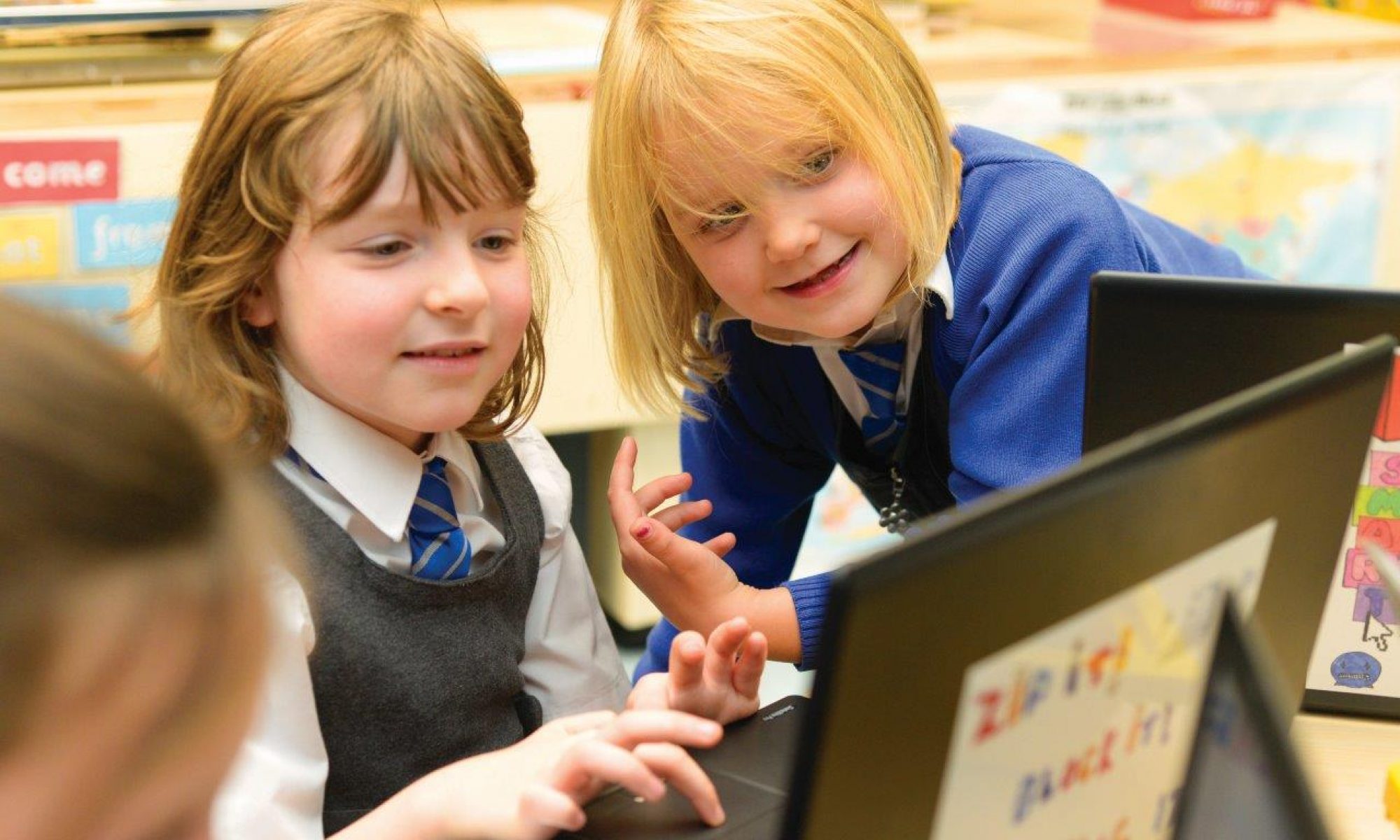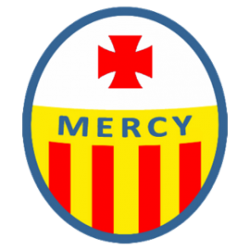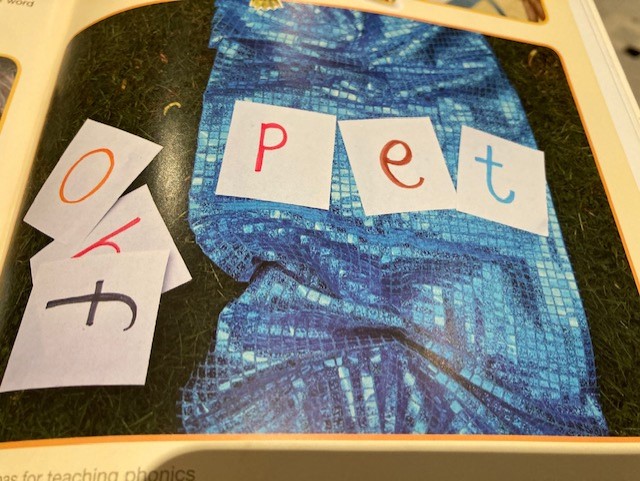Good morning,
Below are some ideas that we will be exploring in school this week and you can try at home.
Maths

This game is played in pairs with each player deciding who has the more and who has fewer in their hand. Children particularly enjoy the fact that holding more doesn’t necessarily mean you will be the winner – this depends on the card that is turned over.
You will need:
- A small bag.
- A collection of small pebbles or a similar object eg. pasta, buttons.
- Some counters.
- Ten small cards shuffled and placed face down in a pile: five cards should say ‘more’; and the other five cards ‘fewer’.
What to do:
- Play in pairs.
- Each player takes a handful of pebbles and counts how many they have.
- Each player compares their count total with their partner’s count total and decides who has more and who has fewer.
- Turn over the top card on the more/fewer pile and whoever has the appropriate amount indicated on the card wins a counter.
- Return pebbles to the bag, shake it and take another handful.
- Keep playing until each player has won three counters.
To extend your child – ask how many more or how many less.
Zog

The following website provides lots of maths home learning activities based around story books. It is possible to look back through the different weeks to find a favourite story. This week’s story is Zog written by Julia Donaldson and illustrated by Axel Scheffler. It is a story of a keen young dragon in his first years at Dragon School – I’m sure you all know the story already!
https://whiterosemaths.com/homelearning/early-years/
There is a different activity for each day and you don’t need the book to access the activities. You may also like to watch this family film based on the story with your child.
https://www.bbc.co.uk/iplayer/episode/b0bwdw8y/zog
Letters and Sounds
See Mrs Sallis’s blog this week, look for the digraphs (two letters/one sound) we have been revisiting at school in books you read at home. To remind you, look for qu, ch, sh, th, ai, ee, igh.
Also as per my blog – try asking your child to read the yes/no questions. Perhaps challenge your child to write down one of the questions.
Here is another game you could try.
Cross the River

You will need:
- Piece of fabric or paper to represent a river.
- Sounds written on pieces of paper or flash cards if you have these at home.
You can choose your own words to focus on or the sounds we have been revisiting in class.
For example:
ng: ring, king, sing, wing. Sounds you will need: r, i, ng, s, w
ai: wait, rain, aim, main. Sounds you will need: w, ai, t, r, n, m
ee: see, feel, seem, keep. Sounds you will need: s, ee, f, l, k, p
igh: high, light, might, night. Sounds you will need: h, igh, l, t, m, t, n
(Note: Make sure you write the digraphs on one piece of paper eg. ng, ai, ee, igh. They are individual sounds represented by two letters).
What to do:
- Lay a piece of blue fabric on the floor like a river. If you are playing the game outside then you can use chalk instead.
- Tell your child that they have to cross the river, but a crocodile lives in it.
- Assume the role of the crocodile and stand in the river.
- The only way your child can cross the river safely is to make a bridge.
- Ask your child to make a bridge by laying letter cards across the fabric to form a word.
- Say a word for your child to form.
- Your child chooses the correct sounds to spell the word across the piece of fabric.
If your child needs support
Use simple CVC (consonant, vowel, consonant) words eg: map, peg, pig, dog, cat, cup, tin, map, pet
Ask your child to orally sound out the word and take a step across the river whilst saying each sound.
Religious Education
Refer to our blog regarding our current RE topic: Reconciliation – Friends. Listen to our focus story The Selfish Crocodile.
Talk to your child about the story and explore the following ideas:
- Friends look after and do things for one another.
- Friends make one another happy, comfortable and glad.
- What can spoil friendships?
- How can we make friends again?
- What makes a good friend?
- How can we celebrate friendships?

Say a prayer for a friend together. At school we thank God for looking after our friends and keeping us safe. We also ask God to help us to be a good friend.
Expressive Arts and Design
Art in Nature

You could start by looking at the work of Andy Goldsworthy.
Andy Goldsworthy is a British artist who uses things in nature like leaves, fallen branches, ice etc, to create enchanting sculptures.
If you have a wooded area near you, or a local park, go there and create something in this place. The sculptures should reflect the nature around it, so don’t take them home! And then perhaps someone will stumble across your creation! You could always take a photo before you go home.
Encourage your child to think about patterns and colour and how the different materials can be used for different effects.
Wishing you all a wonderful week.
Mrs Palmer


